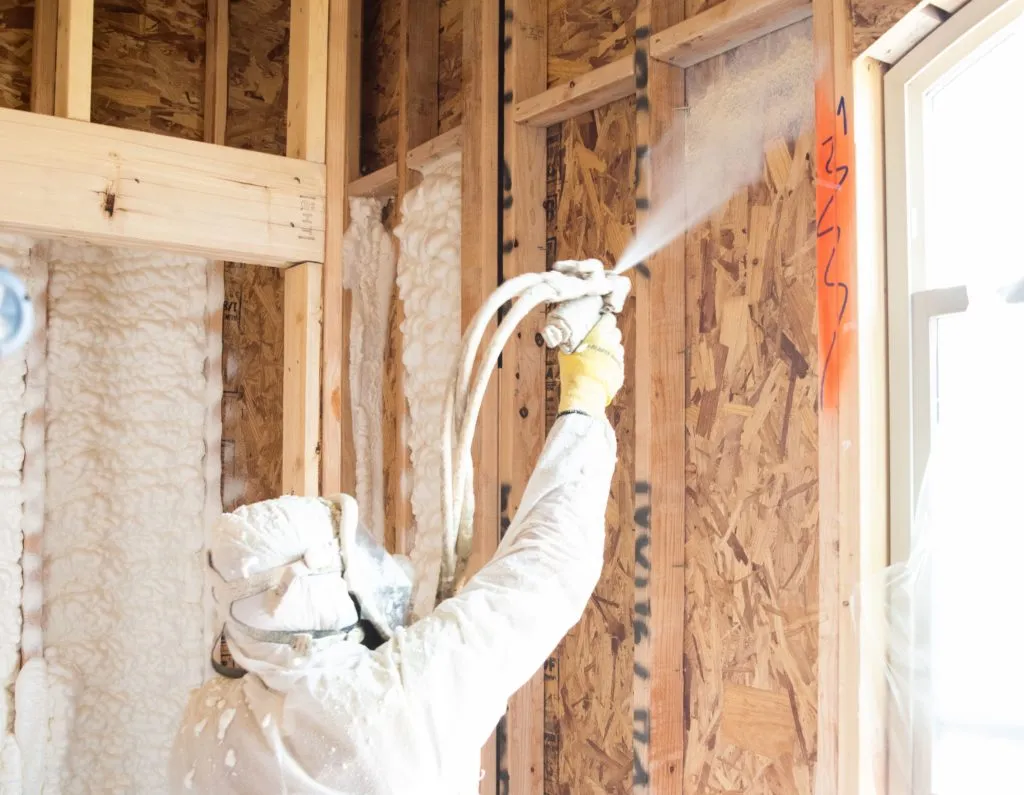
Spray foam insulation is known for its superior energy efficiency, air-sealing capabilities, and long-lasting performance. However, it’s not always the best option for every homeowner or project. Whether you’re considering alternatives due to cost, environmental concerns, or specific needs in your home, it’s important to understand what options are available and how they compare to spray foam insulation. At Capital City Spray Foam of Olympia, we aim to provide homeowners in Olympia, WA, with comprehensive information so you can make an informed decision about the best insulation for your space.
In this guide, we’ll explore the different insulation materials that might be better than spray foam insulation for certain situations.
Fiberglass insulation has been a staple in residential and commercial buildings for decades. It’s made from fine glass fibers and comes in rolls, batts, or loose-fill. Fiberglass is often used in walls, attics, and crawl spaces.
Fiberglass insulation is a good choice for those on a budget or for areas that don’t require a high R-value or superior air-sealing properties, such as standard wall cavities in dry areas.
Cellulose insulation is an eco-friendly option made from recycled paper products, primarily newsprint, and is treated with a fire retardant. It’s typically used as loose-fill or in dense-pack applications for attics and walls.
Cellulose is a better choice for homeowners looking for an eco-friendly, budget-conscious insulation material for attic spaces or other non-critical areas. It works well when moisture control is not a significant concern.
Mineral wool, or rock wool, is made from volcanic rock or slag and is known for its durability and excellent fire resistance. It comes in batts or boards and is used in walls, ceilings, and floors.
Mineral wool is ideal for soundproofing, fire resistance, and areas where mold and pest resistance are critical. It can be a better option for areas like basements or walls where high fire resistance is required.
Cotton insulation, often made from recycled denim or other cotton fabrics, is a sustainable and safe alternative to synthetic insulation. It’s available in batts or rolls and can be used in similar applications as fiberglass.
Cotton insulation is best for homeowners looking for an eco-friendly option with good thermal properties and a safe installation process. It works well in standard wall applications but may not be as effective in areas where moisture is a concern.
While other materials can be better suited for specific situations, there are also alternative types of spray foam to consider:
While spray foam insulation is a top choice for energy efficiency and superior air-sealing, it’s not always the best option for every home or budget. Factors such as cost, environmental impact, installation complexity, and specific insulation needs should be considered when selecting insulation for your space.
At Capital City Spray Foam of Olympia, we understand that each home and project is unique. If you’re looking for expert guidance on insulation solutions in Olympia, WA, our team is here to help you choose the best material for your needs.
Contact us today at (360) 300-8500 or email [email protected] to discuss your insulation options and schedule a consultation. We’re committed to providing quality and sustainable insulation solutions for your home.